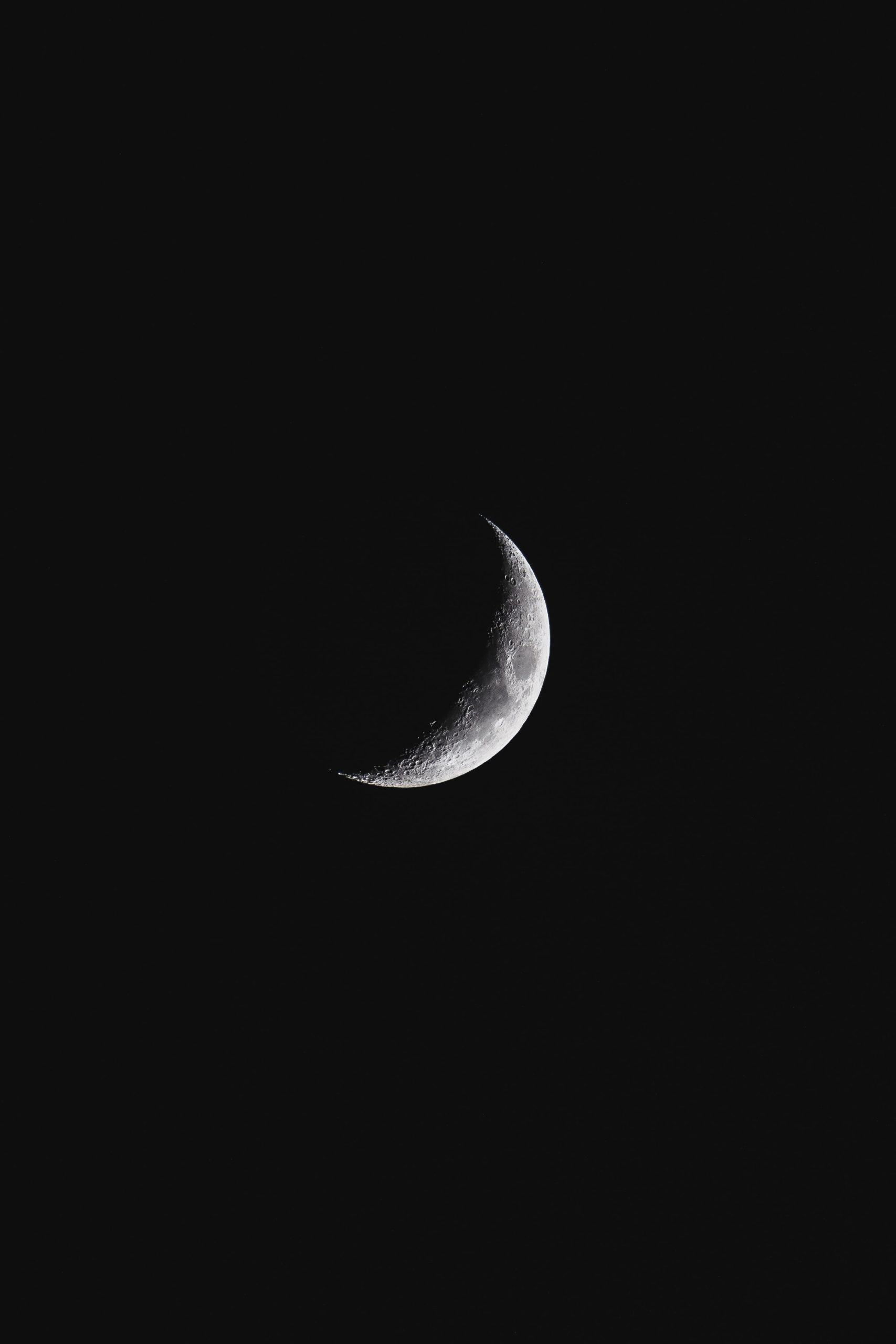How Does the Lunar Calendar Work?
The lunar calendar has been used by various cultures for centuries to track time and determine important events such as religious holidays, planting seasons, and astronomical observations. Unlike the common Gregorian calendar we use today, which is based on the solar year, the lunar calendar is based on the cycles of the moon.
The Lunar Cycle
The moon orbits the Earth, and it takes approximately 29.5 days to complete one full orbit. This period is known as a lunar month. During this time, the moon goes through different phases, transitioning from a New Moon to a Full Moon and back again.
Each lunar month can be divided into four primary phases:
- New Moon: This is when the moon is not visible from Earth as it is positioned between the Earth and the Sun.
- First Quarter: As the moon moves in its orbit, it reaches a point where half of its surface is illuminated and half is in shadow.
- Full Moon: At this stage, the entire illuminated portion of the moon is visible from Earth.
- Last Quarter: The moon reaches another halfway point in its orbit where half of its surface is illuminated, but the opposite side from the First Quarter is now visible.
Creation of the Lunar Calendar
The lunar calendar is created based on the observed cycles of the moon. By noting the cycle and phase of the moon, ancient civilizations were able to track time and create a calendar system that aligned with the lunar month.
One of the earliest known lunar calendars was used by the ancient Egyptians over 5,000 years ago. They divided the lunar month into 30 parts and assigned each part a hieroglyphic symbol. This system allowed them to track time accurately and determine when to plant crops and hold religious ceremonies.
Other cultures, such as the ancient Chinese, Hebrews, Mayans, and Islamic civilizations, also developed their own lunar calendars.
In the Chinese lunar calendar, each year is assigned to one of the twelve zodiac animals and follows a twelve-year cycle. The calendar is based on the moon’s motion relative to the sun and is used to determine the dates of traditional Chinese festivals, including Chinese New Year.
The Islamic lunar calendar, known as the Hijri calendar, is based on the moon’s phases as well. It determines the dates for Islamic holidays such as Ramadan and Eid al-Fitr. The Hijri calendar is shorter than the Gregorian calendar, consisting of approximately 354 or 355 days, and it does not account for leap years.
Lunar Calendar vs. Solar Calendar
While the lunar calendar has its merits, it does have some limitations when compared to the solar calendar we commonly use.
Firstly, the lunar month is approximately 29.5 days long, causing the lunar year to be about 11 days shorter than the solar year. This means the lunar calendar shifts in relation to the seasons over time.
Secondly, due to the uneven number of days in a lunar month, it is challenging to divide the year into equal months. Different lunar calendar systems use various methods to address this issue. Some add an extra month periodically to align with the solar year, while others use a fixed number of days in each month and allow the dates to shift within those months.
The Gregorian calendar, on the other hand, is a solar calendar based on the time it takes for the Earth to orbit the Sun. It has a fixed year length of 365 days and adds an extra day every four years (leap year) to account for the slightly longer solar year.
The Influence of the Lunar Calendar Today
Although the Gregorian calendar is widely used around the world, the lunar calendar still plays a significant role in various cultures.
Many religious festivals and holidays are determined by the lunar calendar. For example, Easter in Christianity is celebrated on the first Sunday after the first Full Moon following the vernal equinox. Similarly, the celebration of Diwali in Hinduism is determined by the lunar calendar.
The lunar calendar also has an influence on astrology and horoscopes. Many people consult the lunar calendar to determine the best time for specific activities, such as starting a business, getting married, or embarking on a new journey.
Moreover, the study of the moon and its cycles remains essential in astronomy and space exploration. Scientists closely monitor lunar cycles and use them to plan missions to the moon, study the tides, and conduct lunar research.
Conclusion
The lunar calendar is a captivating and ancient way of tracking time based on the cycles of the moon. From the Egyptians to the Mayans and the Chinese, different civilizations have developed their own lunar calendars throughout history. While it may have its limitations compared to the solar calendar, the lunar calendar continues to shape religious celebrations, cultural traditions, and even scientific endeavors. Understanding the lunar calendar allows us to appreciate the diversity of human culture and the many ways in which we measure and experience time.
Table of Contents
